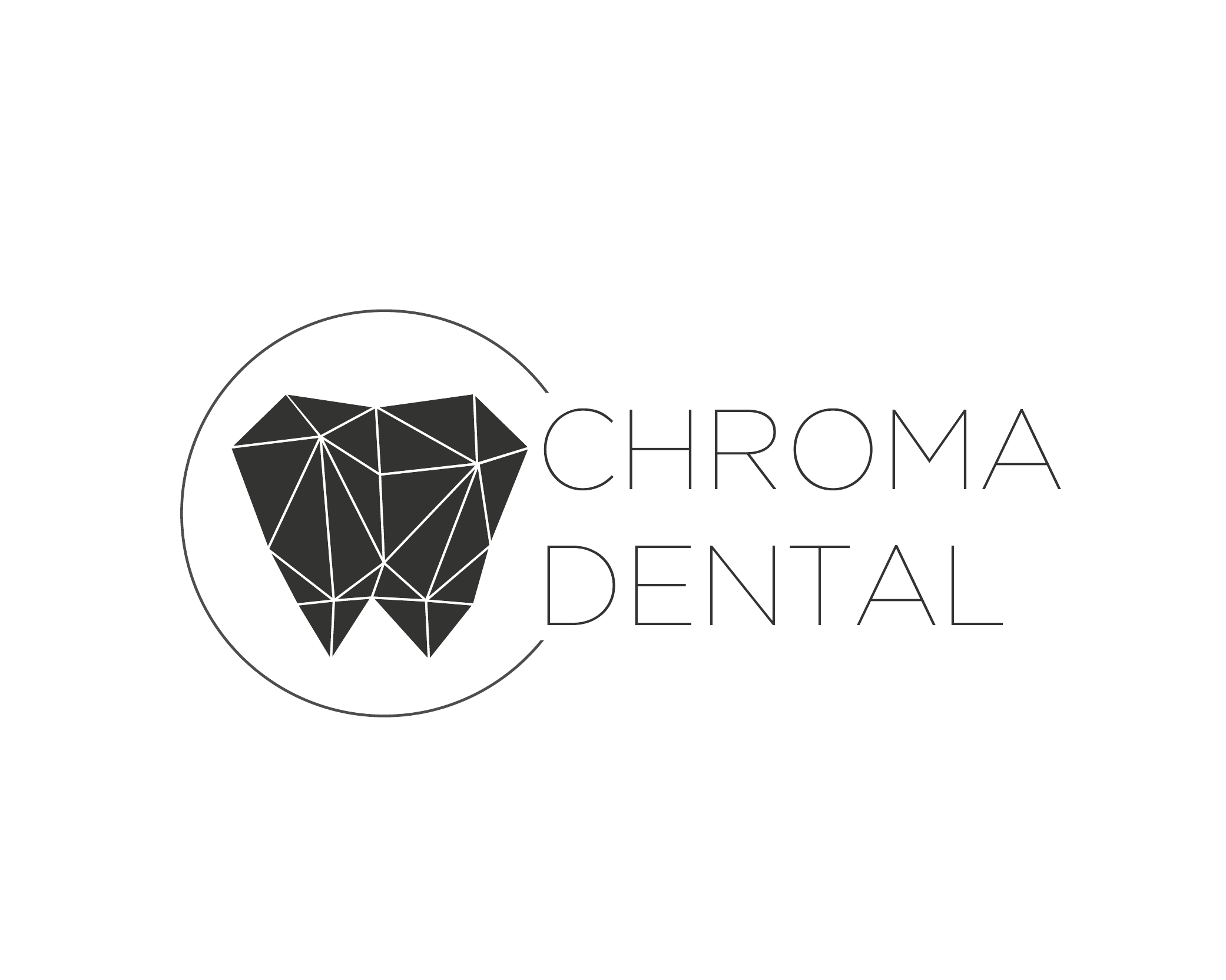An intraoral camera is a compact, pen-sized device outfitted with a high-resolution sensor and a built-in light source that captures full-color images inside the mouth. Unlike traditional mirrors or handheld inspection, the camera projects a clear, magnified view of teeth and soft tissues onto a monitor in real time. This makes subtle details—tiny cracks, early enamel wear, and hidden staining—visible at a scale that’s difficult to appreciate with the naked eye alone.
Modern intraoral cameras record still photos and short video clips that become part of a patient’s clinical record. These visual files are saved in a digital format that can be reviewed later, compared over time, or shared securely with other members of the care team when additional consultation is needed. Because the images are captured directly at chairside, they speed up clinical workflows while improving accuracy.
For patients, the experience is noninvasive and quick: the camera is guided gently through the mouth and requires only a few seconds to capture diagnostic-quality images. For clinicians, the device serves as both an inspection tool and a communication bridge—turning what used to be abstract explanations into concrete, visible observations.
High-resolution intraoral images help clinicians detect problems earlier and with greater confidence. Close-up views make it easier to spot hairline fractures, beginning decay between teeth, marginal breakdown around restorations, and subtle soft-tissue changes that might otherwise be missed during a standard exam. By revealing these nuances, the camera supports more precise diagnoses and can guide targeted, minimally invasive treatment.
Photographic documentation also strengthens diagnostic consistency. When clinicians document findings visually, they can compare images across visits to monitor progression or stability. This is particularly valuable for managing slow-moving conditions—such as enamel erosion, periodontal changes, or early caries—where visual trends inform timing and scope of intervention.
In practice, intraoral images complement other diagnostic tools like tactile examination, radiographs, and digital scans. Each modality contributes unique information; together they offer a fuller picture of oral health. Using the camera alongside these technologies helps clinicians form treatment plans that are evidence-based and tailored to each patient’s anatomy and risk profile.
One of the most immediate benefits patients notice is clarity. When clinicians display intraoral images on a monitor, patients can see exactly what the dentist sees. This visual transparency makes conversations about oral health more concrete and empowers patients to ask informed questions about options and next steps. Clear visuals often reduce anxiety because there are fewer surprises and more mutual understanding during the appointment.
The exam itself is minimally disruptive. The camera is small, maneuverable, and designed for intraoral use; most patients describe the process as comfortable. Because imaging takes only seconds per view, it integrates smoothly into routine checkups and diagnostic visits without adding undue time to the appointment. Images are captured with patient comfort and dignity in mind, and staff routinely explain each step before beginning.
Shared decision-making becomes more straightforward when both clinician and patient are looking at the same information. Visual evidence supports conversations about prevention, monitoring, or restorative treatment, allowing patients to weigh benefits and potential alternatives with a clear sense of context. That informed collaboration often results in treatment choices that align better with a patient’s goals and expectations.
Intraoral cameras are designed to integrate seamlessly with modern dental software and electronic health records. Captured images are stored directly in a patient’s digital chart, indexed by date and tooth location for rapid retrieval. This streamlined documentation enhances continuity of care, simplifying follow-up visits, monitoring, and referrals. When multiple clinicians collaborate on a case—whether in-house or with outside specialists—shared images improve clarity and reduce miscommunication.
The visual records created by intraoral cameras also support precise laboratory communication. When clinicians send information to dental labs for prosthetics or restorative work, images help technicians understand subtle color, contour, and margin details. This visual context complements digital impressions and bite records, contributing to better-fitting, more esthetic final restorations.
For practices that coordinate remotely or accept input from multiple providers, image files can be exported in secure formats for case review and planning. That ability to share accurate visuals—while maintaining patient privacy and record integrity—helps ensure that treatment recommendations are based on the best available information.
Intraoral cameras are engineered with clinical safety and hygiene in mind. Many models feature autoclavable sheaths or disposable barriers to prevent cross-contamination, and routine protocols for cleaning and sterilization are integrated into clinical workflows. When combined with a practice’s existing infection-control measures, these devices can be used safely without compromising patient or staff health.
Beyond safety, intraoral cameras contribute measurable improvements in diagnostic accuracy and patient engagement. They reduce uncertainty during exams, minimize the need for exploratory procedures, and provide a retrievable visual history that supports long-term care. For clinicians, the technology represents an efficient, cost-effective way to elevate the standard of care and document clinical decisions clearly and professionally.
At Chroma Dental, we incorporate intraoral imaging into our standard evaluation process to enhance clinical transparency and patient communication. Our team is trained to use these images thoughtfully—both as a diagnostic aid and as a tool to help patients understand their oral health. Adopting and maintaining modern imaging tools is one part of our broader commitment to providing precise, patient-focused dentistry.
In summary, intraoral cameras turn close-up visuals into actionable clinical information and more meaningful patient conversations. By combining comfort, high-resolution imaging, and seamless digital integration, this technology supports earlier diagnosis, clearer documentation, and stronger collaboration between patients and clinicians. If you’d like to learn more about how intraoral imaging is used during exams or how it can improve your care, please contact us for more information.
